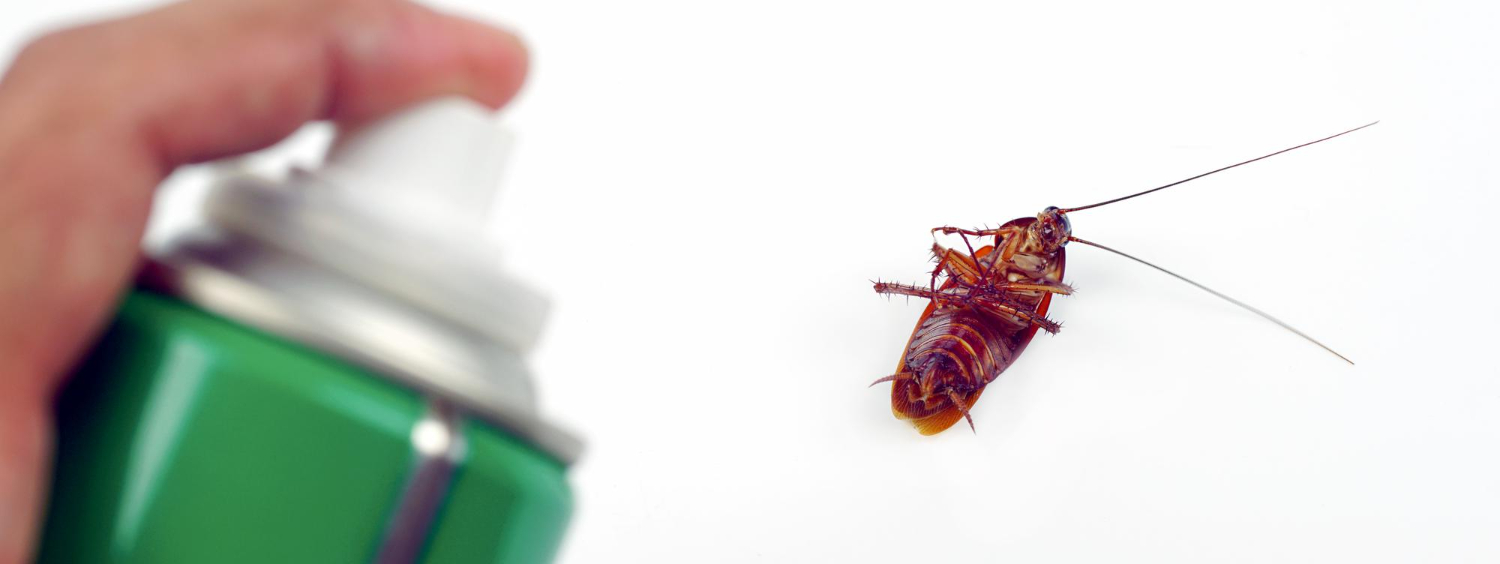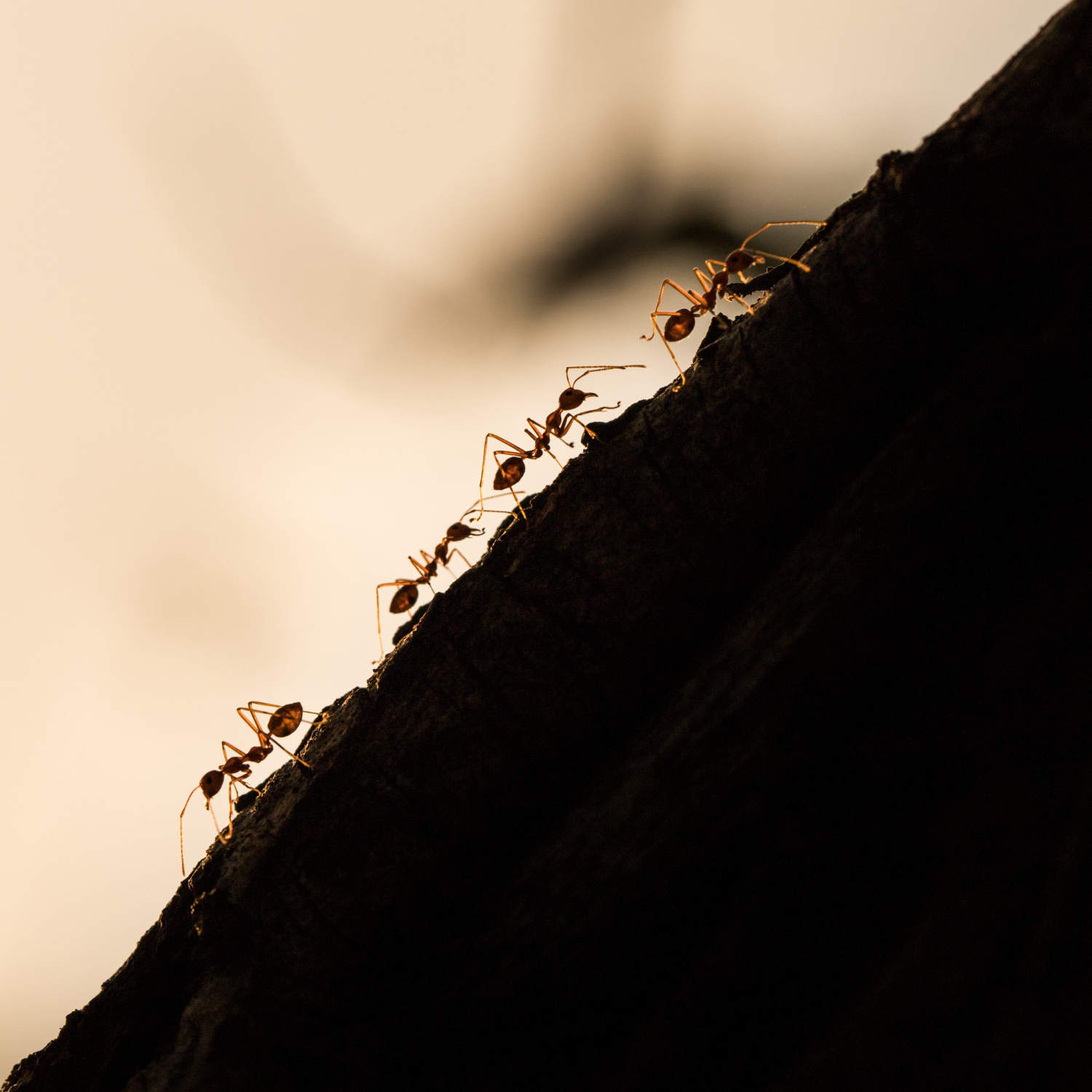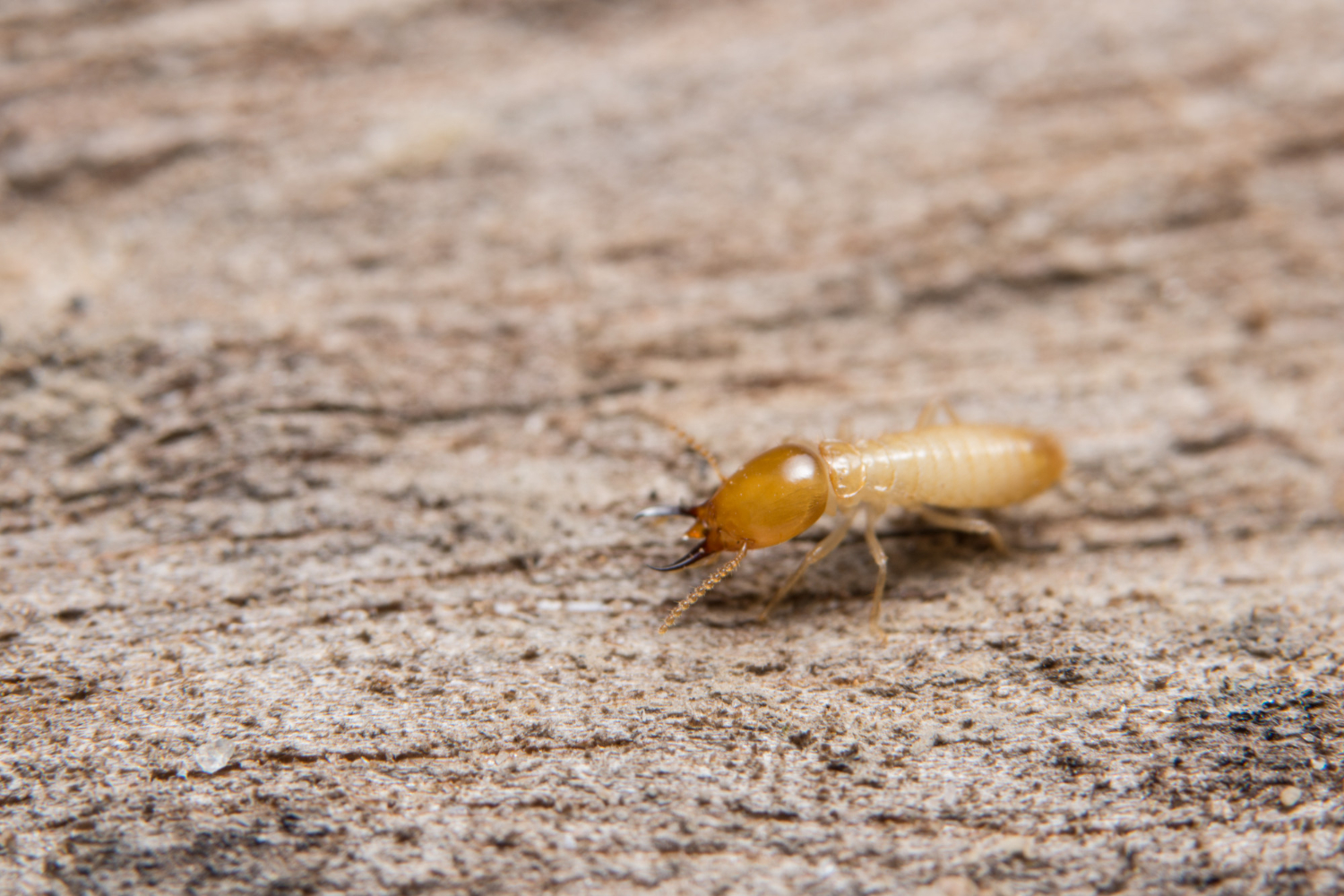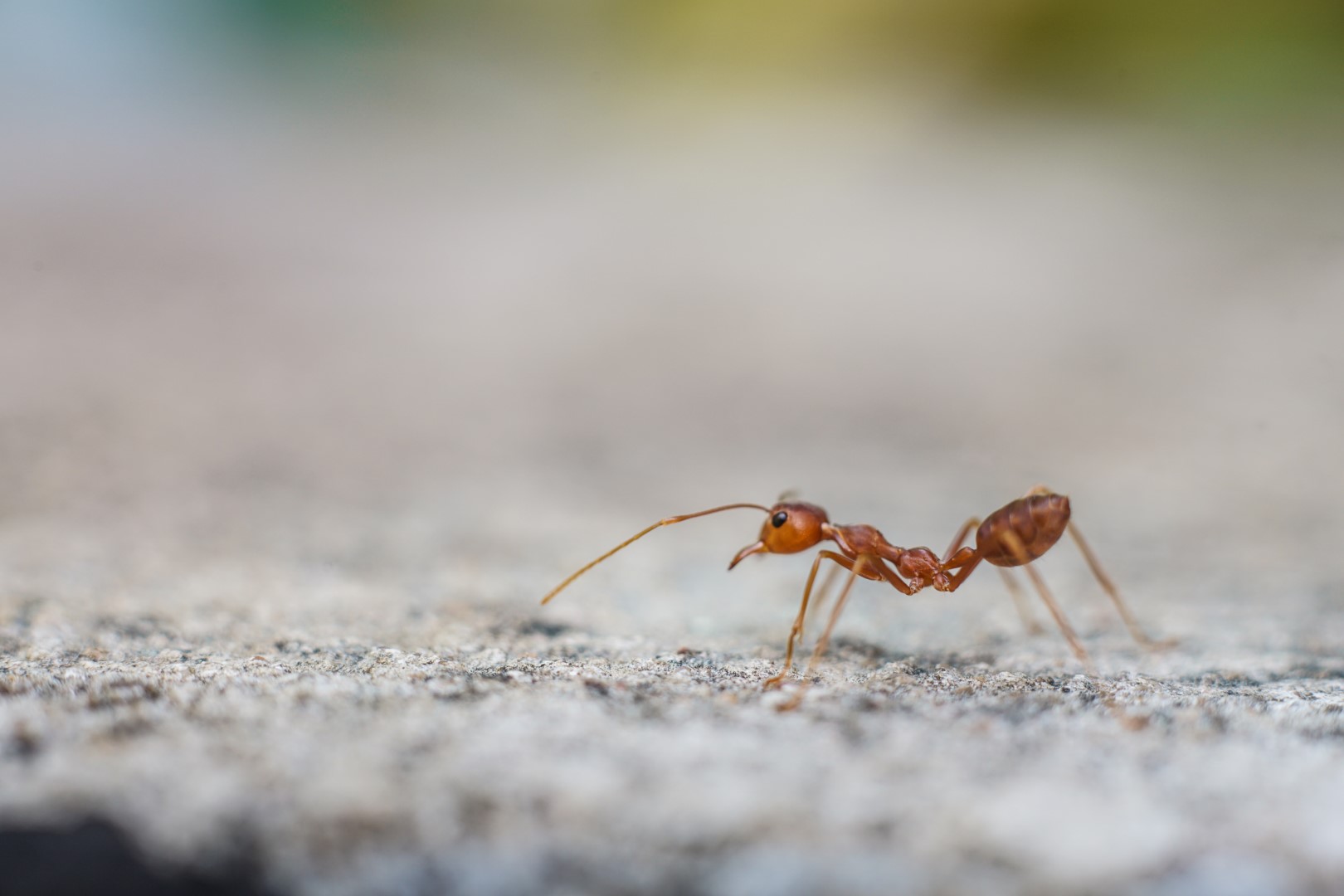When it comes to pest control, it’s not just about addressing issues indoors. Your landscape plays a vital role in deterring or attracting pests to your property. In this article, we’ll explore the significant role of landscaping in pest control and how thoughtful design and maintenance can help keep your outdoor space pest-free.
1. Plant Selection and Placement
The plants you choose for your landscape can either deter or invite pests. Consider the following:
- Pest-Repelling Plants: Certain plants, like marigolds, lavender, and rosemary, are known for their pest-repelling properties. Including them in your garden can help keep unwanted insects at bay.
- Native Plants: Native plants are adapted to your region’s climate and pests. They often require less maintenance and are less prone to pest infestations.
- Spacing: Proper spacing between plants prevents overcrowding, which can create shelter and breeding grounds for pests.
2. Mulch and Ground Cover
Mulch and ground cover materials can either be a haven for pests or a barrier against them:
- Organic Mulch: Organic mulch, like wood chips, can provide hiding places for pests. Regularly refreshing and maintaining mulch can reduce these hiding spots.
- Gravel or Inorganic Mulch: Using gravel or inorganic mulch can reduce hiding places for pests and deter them from congregating in your garden.
3. Water Features and Drainage
Stagnant water in water features or poor drainage can attract pests like mosquitoes and create breeding grounds:
- Water Features: If you have water features in your landscape, consider adding pumps or aerators to keep water moving and deter mosquitoes.
- Proper Drainage: Ensuring that your landscape has adequate drainage can prevent standing water, which is attractive to pests.
4. Regular Maintenance
Maintaining your landscape is key to effective pest control:
- Pruning and Trimming: Regularly prune and trim plants to prevent overgrowth and eliminate hiding spots for pests.
- Weed Control: Weeds can attract pests and compete with desirable plants for nutrients. Keep weeds under control.
- Disease Management: Diseased plants can attract pests. Identify and treat plant diseases promptly to prevent infestations.
5. Integrated Pest Management (IPM)
Integrated Pest Management (IPM) strategies can be implemented in your landscape:
- Biological Controls: Encourage natural predators like ladybugs and birds to help control pest populations.
- Chemical Controls: If necessary, consider the judicious use of pesticides, always following safety guidelines.
6. Consult with a Professional
When dealing with complex pest problems in your landscape, it’s advisable to consult with a professional pest control service like Termite Rescue. They can assess your landscape and recommend tailored solutions to address pest issues effectively.
In conclusion, landscaping plays a vital role in pest control. By making informed choices in plant selection, mulch, and ground cover, as well as implementing good maintenance practises and considering the principles of Integrated Pest Management, you can create an outdoor space that deters pests and enhances the beauty and functionality of your landscape.




